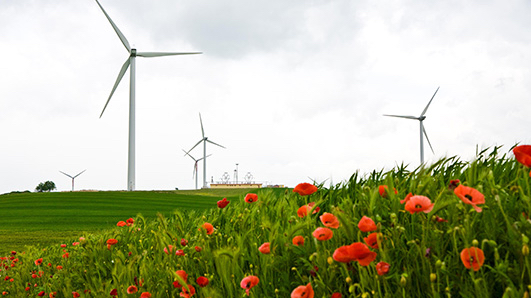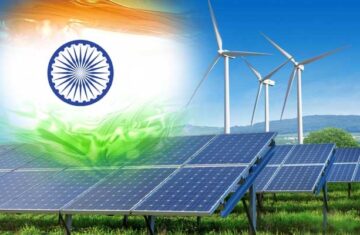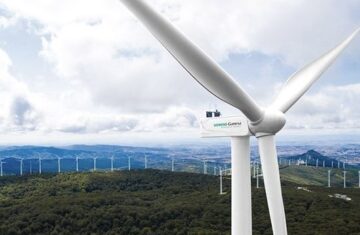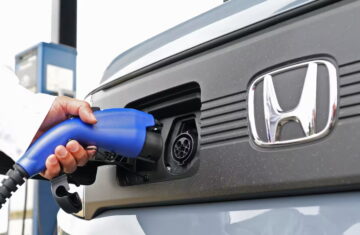A Comprehensive Overview
Wind energy has emerged as a critical component of Italy’s renewable energy landscape, contributing significantly to the country’s energy transition and sustainability goals. With favorable wind conditions and a robust policy framework, Italy has positioned itself as one of the leading countries in wind energy production in Europe. This article explores the history, current state, economic impact, environmental considerations, and future prospects of wind energy in Italy.
Historical Context of Wind Energy in Italy
Early Developments

Italy’s journey into wind energy began in the late 20th century, although the use of wind for mechanical power dates back centuries. The modern era of wind energy started in the 1980s, with the first wind farms being established primarily in the coastal regions. These early projects laid the groundwork for future developments.
Government Policies and Incentives
The Italian government recognized the potential of wind energy and implemented several incentive programs to promote its growth. The Conto Energia program, launched in the early 2000s, provided financial support for renewable energy projects, including wind farms. This initiative significantly boosted wind energy capacity in the country.
Current State of Wind Energy in Italy
Wind Energy Capacity and Production
As of 2022, Italy boasts a total installed wind energy capacity of approximately 10.5 GW, making it one of the top countries in Europe for wind power production. According to the Gestore dei Servizi Energetici (GSE), wind energy accounted for about 8.5% of Italy’s total electricity generation, contributing to the country’s renewable energy mix.
Breakdown of Wind Energy Resources
- Onshore Wind Farms: The majority of Italy’s wind energy capacity comes from onshore installations, particularly in regions with high wind potential.
- Offshore Wind Farms: While still in the early stages of development, offshore wind energy is gaining traction, particularly in the Adriatic and Tyrrhenian Seas.
Key Regions for Wind Energy
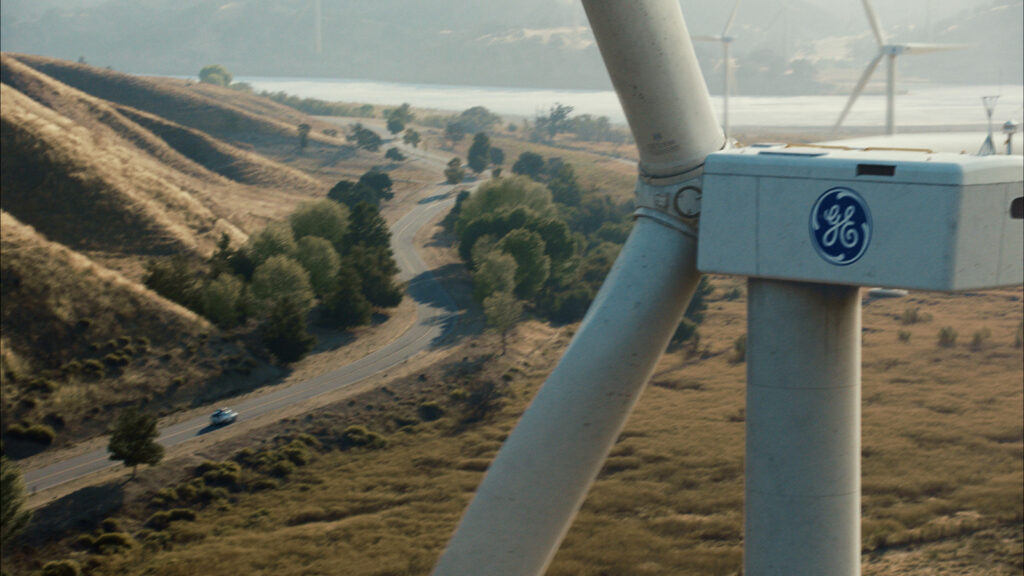
Certain regions in Italy are more favorable for wind energy production due to their geographical and climatic conditions:
- Apulia: Known for its strong and consistent winds, Apulia is home to the largest concentration of wind farms in Italy.
- Sicily: This region also boasts significant wind energy potential, with several operational wind farms.
- Tuscany and Emilia-Romagna: These regions are increasingly investing in wind energy infrastructure, contributing to national capacity.
Economic Impact of Wind Energy
Job Creation and Local Economies
The wind energy sector has a substantial impact on Italy’s economy, creating jobs and stimulating local economies. According to a report by the Italian Wind Energy Association (AWEA), the wind industry supports over 30,000 jobs across various sectors, including manufacturing, installation, and maintenance.
Investment Trends
Investment in wind energy has surged in recent years, driven by technological advancements and favorable government policies. The Italian government has committed to further investments in renewable energy, with a focus on expanding wind energy capacity. According to IRENA, total investment in wind energy in Italy reached approximately €7 billion in 2021.
Environmental Considerations
Renewable Energy Transition
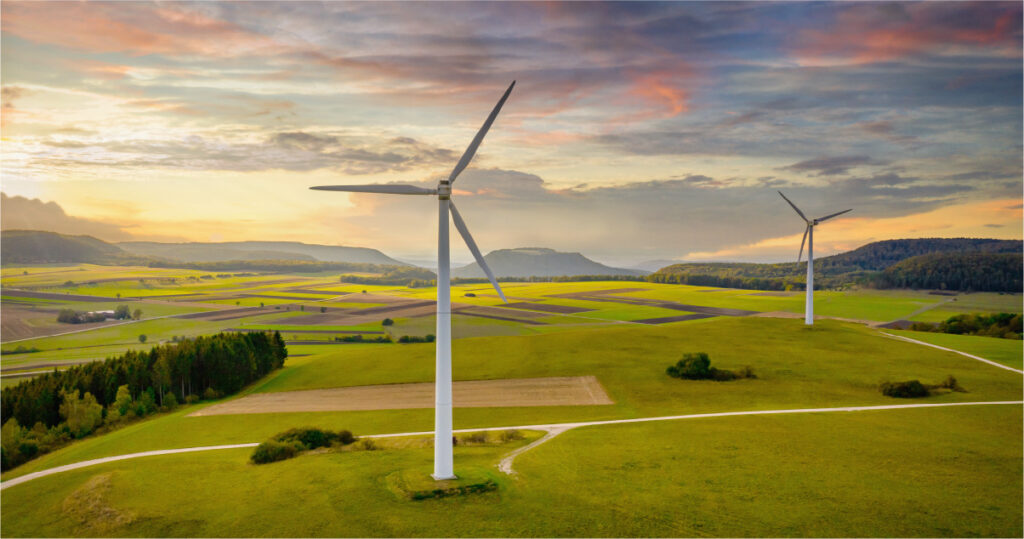
Wind energy is essential for Italy’s strategy to transition to renewable energy and reduce greenhouse gas emissions. The country aims for a 55% reduction in emissions by 2030, in line with EU targets. Wind energy contributes significantly to this goal by providing a clean, sustainable energy source.
Ecological Impact
While wind energy is generally considered environmentally friendly, there are ecological impacts to consider:
- Impact on Wildlife: Wind turbines can pose threats to birds and bats, particularly during migration periods.
- Land Use: The installation of wind farms requires land, which may affect local ecosystems.
Mitigation Strategies
To minimize ecological impacts, Italy is implementing various strategies, including:
- Environmental Impact Assessments: Conducting thorough assessments before project approvals to evaluate potential ecological impacts.
- Strategic Siting: Identifying locations for wind farms that minimize risks to wildlife and ecosystems.
Future Prospects of Wind Energy in Italy
Untapped Potential
Italy has substantial untapped potential for wind energy. According to IRENA, the country could increase its wind energy capacity by more than 50% over the next decade, reaching up to 16 GW by 2030. This potential is driven by advancements in technology and the growing acceptance of wind energy among consumers.
Integration with Other Renewable Sources
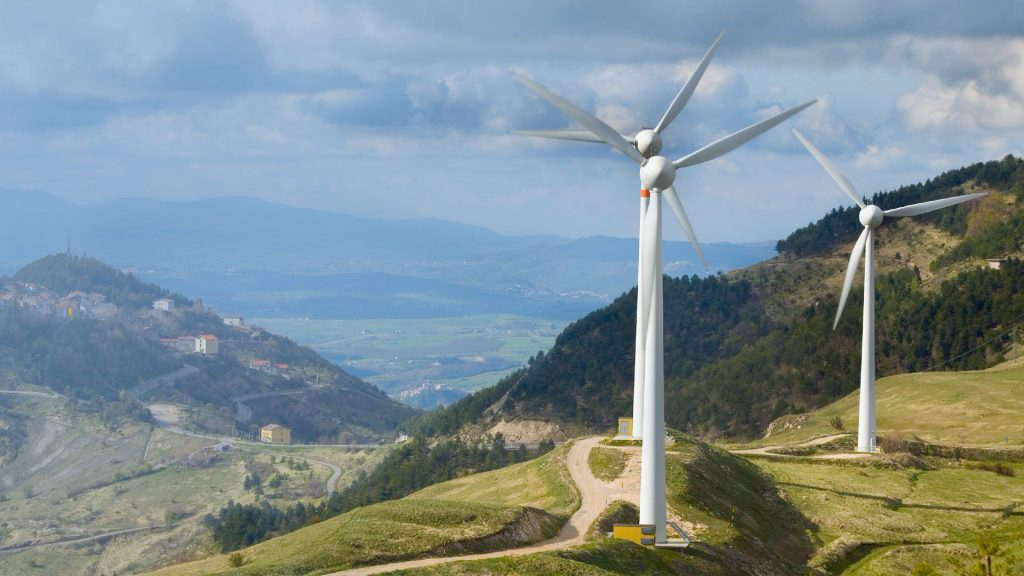
The future of wind energy in Italy lies in its integration with other renewable energy sources, such as solar and hydro. This integrated approach can enhance the stability and reliability of the energy grid, particularly during peak demand periods. Hybrid systems that combine wind and solar energy are being developed to maximize energy production.
Policy and Regulatory Framework
The Italian government continues to support wind energy through favorable policies and regulations. The National Energy and Climate Plan (NECP) outlines specific targets for increasing renewable energy capacity, including wind energy. Additionally, Italy is working towards simplifying permitting processes for wind installations to encourage faster deployment.
Conclusion
Wind energy is a vital component of Italy’s renewable energy landscape, contributing significantly to the country’s energy mix and economic growth. With its favorable wind conditions and supportive policy environment, Italy is well-positioned to harness the power of wind. As the country continues to innovate and invest in wind technologies, it will play a crucial role in achieving a sustainable energy future.
